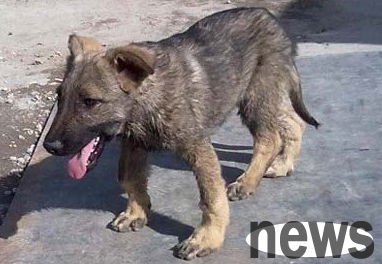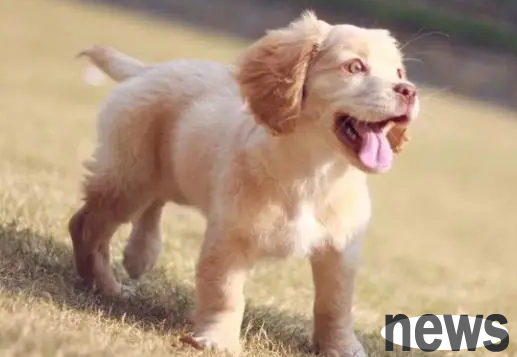Rickets in dogs is a metabolic disease caused by puppies due to lack of vitamin D and calcium. Clinically, it is characterized by digestive disorder, heterophilia, pace, and deformation of limb bones and vertebrae. More common in puppies 1-3 months old.
is mainly manifested as: the ossification process during the growth of dogs is blocked, the long bones are bent due to weight bearing, the cartilage is hypertrophy, and the round and enlarged bead-like swelling appears at the junction of ribs and rib cartilage.

1. Causes of canine rickets:
1. Insufficient or lack of vitamin D are the main causes of rickets.
2. Deficiency or severe improper proportion of calcium and phosphorus and abnormal parathyroidism are also important reasons for the occurrence of rilo disease.
3. When uremia or genetic defects, the need for vitamin D increases and rickets is prone to occur.
4. Too many parasites in the intestines prevent the absorption of calcium, vitamins, proteins, etc., thereby inducing rickets.
2. Clinical symptoms of dog rickets:
can be diagnosed based on the age of the sick dog, slow onset, bone deformation, reduced bone density during X-ray examination, etc. If the calcium and phosphorus content in the serum can be measured, it will be more helpful for diagnosis. When the blood calcium concentration is below 9.8% and the blood phosphorus is below 2.5%, rickets can be diagnosed.
1. Early symptoms include heterophilia, such as eating walls, mud, sand, dirt, etc., and sometimes licking other animals or their own abdomen. Late teeth change.
2. Due to joint pain, it is difficult to stand up due to strong gait and lameness, especially the movement of the hind limbs is hindered. Dogs often have knee-bending positions, O-shaped positions, and X-shaped positions, and bone deformation can be seen, and the bone ends of the knee, wrist and ankle joints are swollen and there are double joints.
3. The junction of the ribs and rib cartilage is swollen, the beads of rickets, the sternum is sinking, the spinal bones are curved (concave bends, convex bends), and the pelvis is narrow. Due to the deformation of the trunk bones and limb bones, it becomes dwarf-like bones.
4. The maxilla is swollen, the mouth becomes narrow, nasal congestion and difficulty breathing occur, and the pain in the jaw bone prevents chewing. Digestive disorders caused by sleepiness and dislike, the sick dog is inactive, and then loses weight, and finally develops cachexia.

3. Prevention and treatment measures for dog rickets:
1. Strengthen feeding management and pay attention to kennel hygiene, and sufficient light should be provided.
2. Let the sick dog exercise properly, bask in the sun more, adjust the diet combination, and ensure sufficient vitamin D and minerals.
3. Supplement Vitasocon D preparations such as cod liver oil 5-10 mg/day, once a day, and stop taking medication when diarrhea occurs. Prevent excessive administration of vitamin D. Excessive vitamin D can cause calcium malabsorption, weight loss, digestive disorders, atrophy of various organs, circulation disorders, etc.
4. Add calcium supplementary preparations to feed with calcium agents, 1.5-2 grams of puppies, once a day, for 1-2 months.
